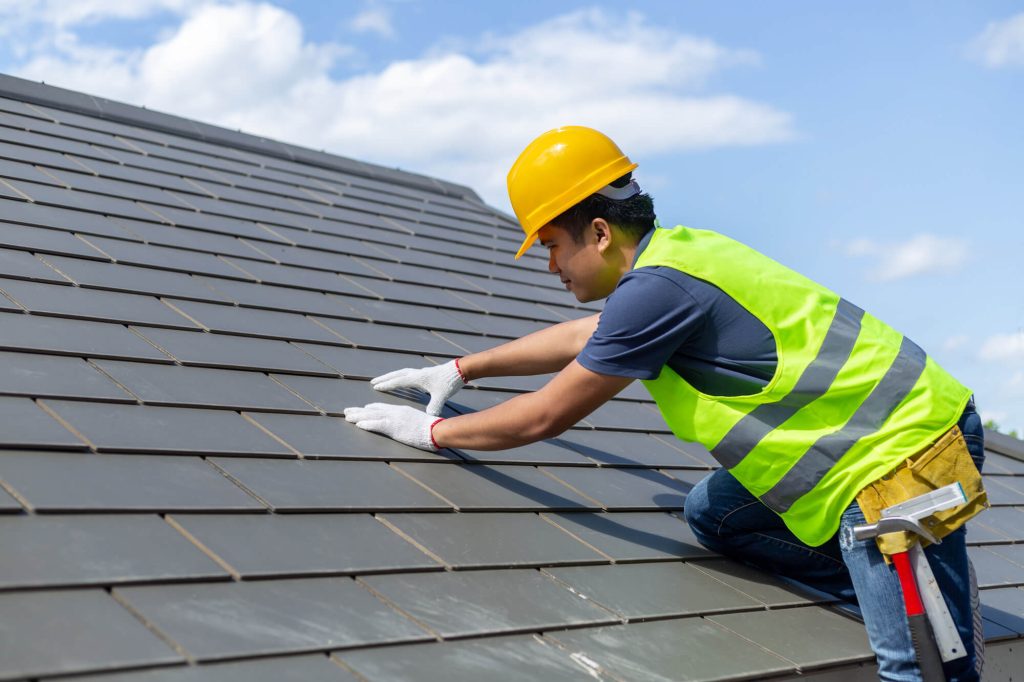Beyond Shingles – Innovative Solutions for Modern Roofing Woes
In the realm of roofing, where traditional materials and methods have long held sway, the call for innovation and modern solutions has become increasingly urgent. Beyond the familiar domain of asphalt shingles lies a world of challenges and opportunities that demand a fresh perspective. One of the notable breakthroughs in modern roofing is the advent of solar reflective shingles. These innovative roofing materials are designed to reflect more sunlight and absorb less heat, contributing to energy efficiency and reducing the urban heat island effect. This not only provides a sustainable solution but also aligns with the growing emphasis on green building practices. Another notable advancement is the integration of smart technology into roofing systems. Smart roofs equipped with sensors and monitoring devices can detect leaks, measure insulation efficiency, and even adjust to weather conditions in real-time. This level of intelligence not only enhances the longevity of the roof but also allows for proactive maintenance, preventing potential issues before they escalate.

Furthermore, the emergence of advanced materials, such as grapheme-infused roofing membranes, offers unprecedented strength, durability, and flexibility. These materials not only resist wear and tear but also provide a lightweight alternative, reducing the load on the building structure. Additionally, innovations in modular roofing systems have transformed the landscape of roof installation. Prefabricated roofing modules, often made from sustainable materials, streamline the construction process, minimize waste, and reduce the overall environmental impact. Beyond materials and construction techniques, the concept of green roofs has gained momentum as an innovative solution to modern roofing challenges. Green roofs involve the cultivation of vegetation on the rooftop, providing insulation, absorbing rainwater, and promoting biodiversity in urban areas. This not only enhances the building’s energy efficiency but also contributes to a more sustainable and aesthetically pleasing urban environment.
As we explore these innovative solutions, it is crucial to acknowledge the role of advanced analytics and data-driven decision-making in roofing management. Predictive analytics can assess the lifespan of roofing materials, enabling timely repairs and replacements, ultimately saving costs and reducing the environmental impact associated with frequent replacements view the page https://www.lookfamilyexteriors.net/martinsburg/roofing-repairs/. In conclusion, the world of modern roofing is undergoing a transformative journey beyond the traditional confines of shingles. From solar reflectivity and smart technology to advanced materials and green roofing, innovation is reshaping the industry. As we confront the challenges of climate change and seek sustainable building practices, these solutions not only address current woes but also pave the way for a resilient and environmentally conscious future in roofing.

 Sound Point of connection: It is actually frequently appreciated to include a solid interconnection position for handling and taking care of the audio that is certainly trapped by the item and transferred to the PC. A recipient could be discontinued primary to the Personal computer for recording the audio, but it is often viewed as the truth how the greatest robust design is attained with a sound relationship position set up. A sound relationship position is basically an excellent soundcard allowing the recording of sound continuously and restrictions the capability of going through time slowdowns.
Sound Point of connection: It is actually frequently appreciated to include a solid interconnection position for handling and taking care of the audio that is certainly trapped by the item and transferred to the PC. A recipient could be discontinued primary to the Personal computer for recording the audio, but it is often viewed as the truth how the greatest robust design is attained with a sound relationship position set up. A sound relationship position is basically an excellent soundcard allowing the recording of sound continuously and restrictions the capability of going through time slowdowns.

 Regular roof maintenance is a cost-effective solution that can save you from expensive repairs or even premature roof replacement. It helps you maintain your home’s aesthetic appeal by preventing issues like rot, mold, or unsightly streaks caused by water damage or debris buildup. By entrusting your roof’s care to our experienced professionals, you are investing in the long-term beauty and structural integrity of your home. In conclusion,
Regular roof maintenance is a cost-effective solution that can save you from expensive repairs or even premature roof replacement. It helps you maintain your home’s aesthetic appeal by preventing issues like rot, mold, or unsightly streaks caused by water damage or debris buildup. By entrusting your roof’s care to our experienced professionals, you are investing in the long-term beauty and structural integrity of your home. In conclusion,